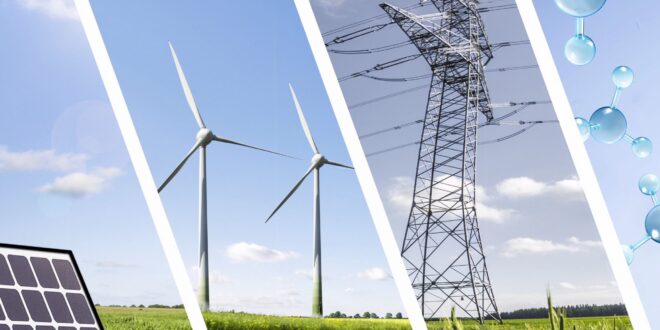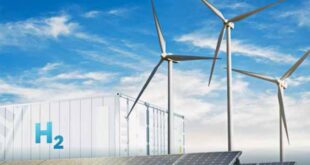Recent years have witnessed an increase in global uncertainties, driven by economic, political and technological shifts, adding complexity to the environment in which countries operate and their energy transition trajectory.
Geopolitical tensions pose risks to energy security and hinder international co-operation, according to the World Economic Forum (WEF). Ongoing conflicts in the Middle East risk exacerbating volatility in oil markets, potentially resulting in an oil price spike.
Despite a moderation in energy prices, regional disparities persist, constraining economic growth, imposing financial burdens on households and businesses, and hindering efforts to enhance electricity access.
This situation, WEF noted, could have been much worse if not for the mild weather conditions globally.
However, there have been instances of accelerated change, notably in Europe, where there has been a rapid reduction in dependence on Russian natural gas and significant improvements in energy efficiency.
Global investments in efficiency increased by 45% since 2020, with countries representing three-quarters of global energy demand strengthening energy efficiency policies or implementing new ones in the past year.
The disruptions caused by the Covid-19 pandemic and the Russia-Ukraine war led to a global energy crisis and a surge in inflation and interest rates during 2022 and 2023.
This created a cost-of-living crisis in many countries, raising concerns across industries and economies, especially those in developing countries with dollar-denominated debt and imports. Headline inflation has since slowed down due to tighter monetary policy in G7 nations, with the International Monetary Fund (IMF) projecting a rate of 5.8% for 2024 (down from 6.9% and 8.7% in 2023 and 2022, respectively).
However, persistently high interest rates and capital costs remain significant obstacles in the energy transition, particularly for emerging and developing economies. This directly impacts the ability of firms and countries to finance the upfront investments to meet energy demand and decarbonise the energy system.
Despite lower operational costs, capital-intensive clean energy solutions remain disproportionately affected due to high upfront capital investment requirements.
In 2023, clean energy sources faced challenges, including uncertainties in subsidies and supply chains, coupled with high interest rates and significant cost increases.
Trade patterns in the energy sector have shifted significantly as governments focus on enhancing supply chain resilience and strengthening energy security.
This shift has coincided with accelerated momentum towards cleaner energy sources, including the rapid expansion of renewable power capacity and increased adoption of technologies such as electric vehicles (EVs) and heat pumps, driven partly by supportive government policies.
Despite these positive trends, growing trade protectionism and costs create headwinds, especially for developing nations.
The United Nations Conference on Trade and Development (UNCTAD) data indicates a $1tn contraction in global trade in 2023.
Geopolitical tensions have continued to impact bilateral trade flows, evidenced by shifts such as the European Union (EU) reducing its trade dependence on Russia and decreasing trade interdependence between China and the US.
However, certain industries, such as motor vehicles, saw growth in trade value, driven by growing demand for EVs. This, coupled with an improved global economic outlook, could bolster trade resilience in the coming year.
Uncertainties remain regarding geopolitical tensions and potential future disruptions to global supply chains, underscoring the need for adaptive strategies.

 Iran Energy News Oil, Gas, Petrochemical and Energy Field Specialized Channel
Iran Energy News Oil, Gas, Petrochemical and Energy Field Specialized Channel



